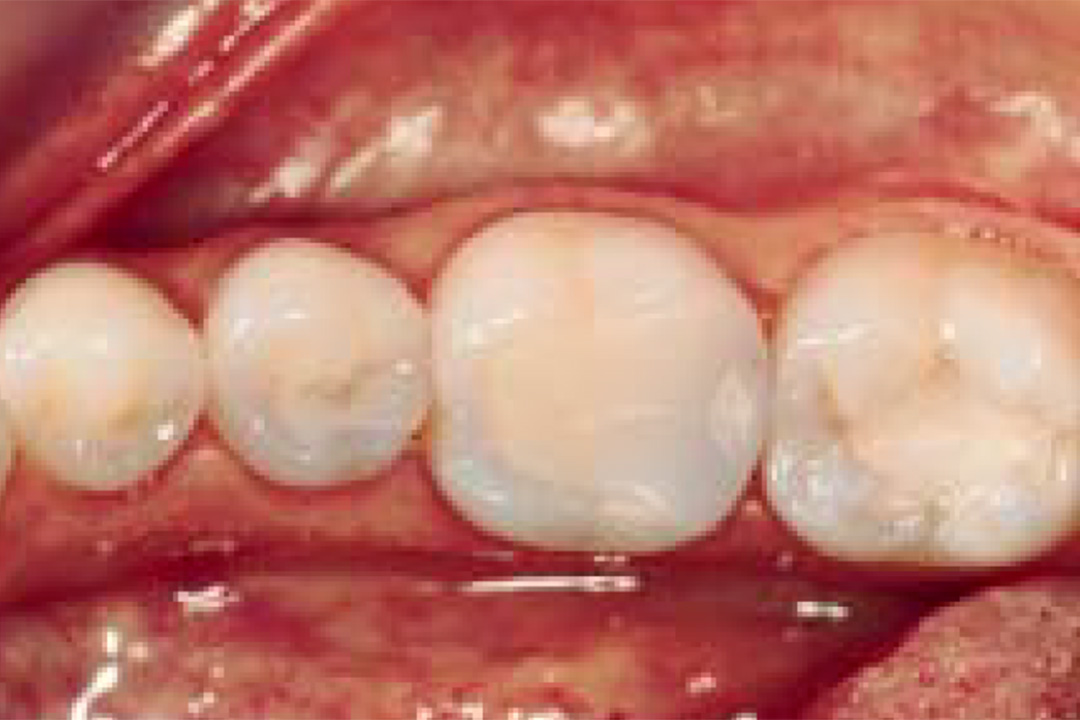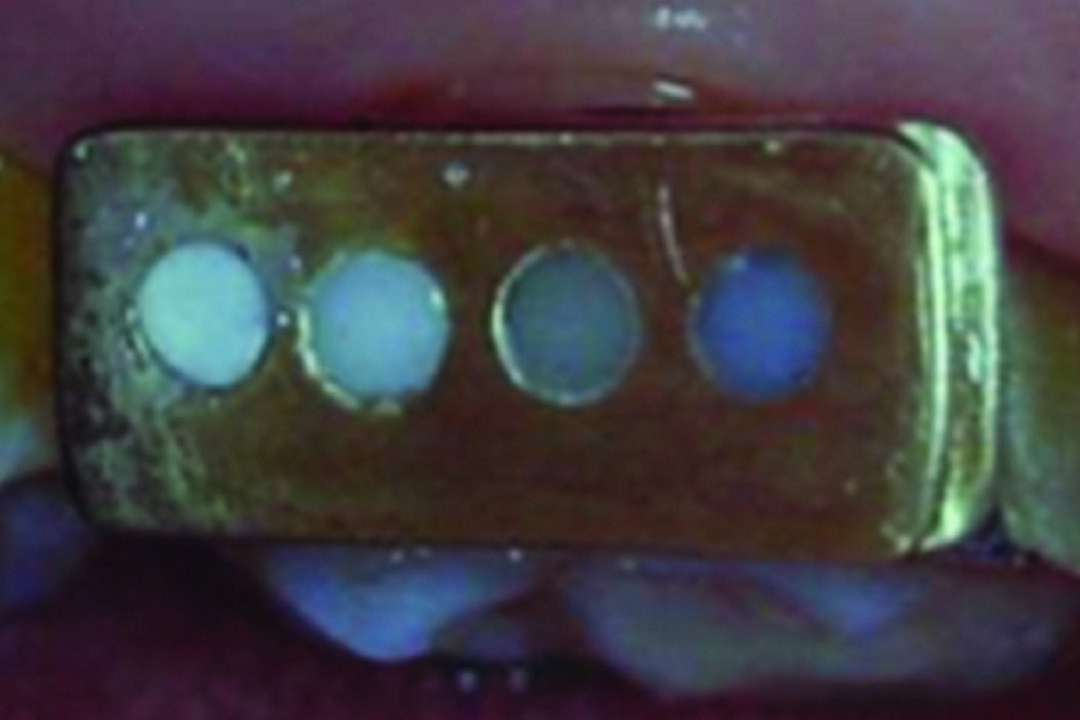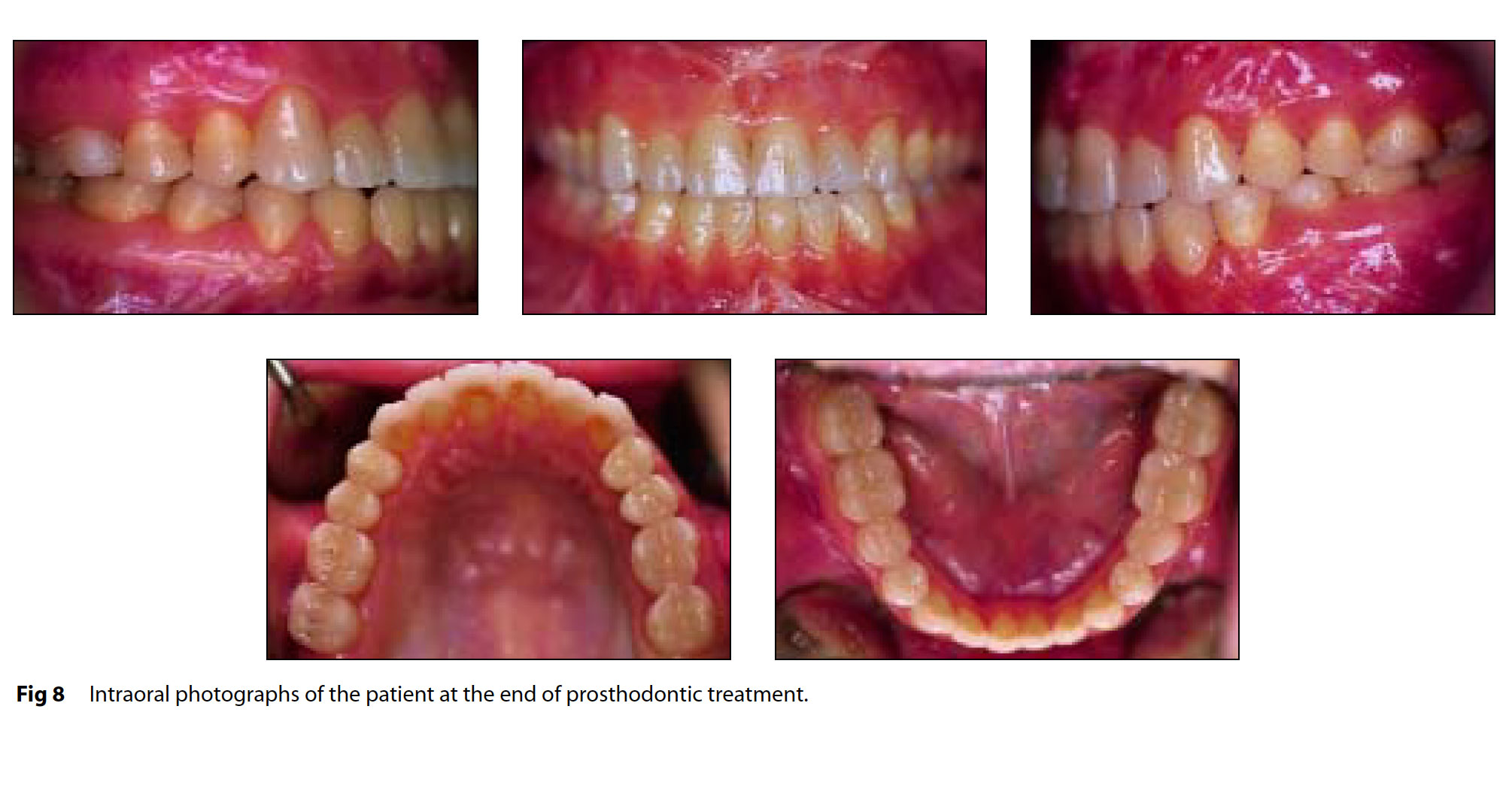
A prospective clinical study of ceromer inlays: results up to 53 months
Ocak 6, 2004
In vivo disintegration of four different luting agents
Ekim 5, 2011Burçin Akoğlu 1 , Deniz Gemalmaz
PMID: 21631629 DOI: 10.1111/j.1532-849X.2011.00728.x
Abstract
Purpose: The purpose of this study was to examine the fracture load of ceramic veneers with different preparation designs.
Materials and methods: Seventy-five extracted, intact, human maxillary central incisors were prepared according to five preparation designs (P) (n: 15) as follows: (1) P2e: 2-mm incisal reduction, preparation entirely in enamel; (2) P4e: 4-mm incisal reduction, preparation entirely in enamel; (3) P2d: 2-mm incisal reduction, preparation entirely in dentin; (4) P4d: 4-mm incisal reduction, preparation entirely in dentin; and (6) Pc: Unrestored, intact teeth as control. All preparations had a butt joint incisal finish line, rounded internal line angles, and cervical finish lines 1 mm above the cementoenamel junction. Ceramic veneers were fabricated with IPS Empress (Ivoclar Vivadent AG, Schaan, Liechtenstein) and cemented with Syntac Classic Adhesive system and Variolink II (Ivoclar) resin cement. Veneers were loaded until fracture at a 90° angle to the lingual surface of the test tooth following the thermocycling process (5° to 55°, 3500 times). Statistical analyses were performed using analysis of variance (ANOVA) and Tukey’s Multiple Range Test.
Results: The mean fracture loads (SD) were (in N) as follows: (1) P2e: 262 (63); (2) P4e: 189 (40); (3) P2d: 239 (53); (4) P4d: 162 (36); and (5) Pc: 277 (66). The amount of incisal reduction exhibited a significant influence on fracture resistance regardless of the preparation depth (p < 0.05).
Conclusions: Ceramic veneers with preparation designs entirely on dentin with 4-mm incisal reduction yielded lower fracture loads than those prepared with 2-mm incisal reduction. Veneers with 2-mm incisal reduction exhibited fracture resistance similar to that of intact teeth for preparation designs supplied on both enamel and dentin.
© 2011 by the American College of Prosthodontists.



